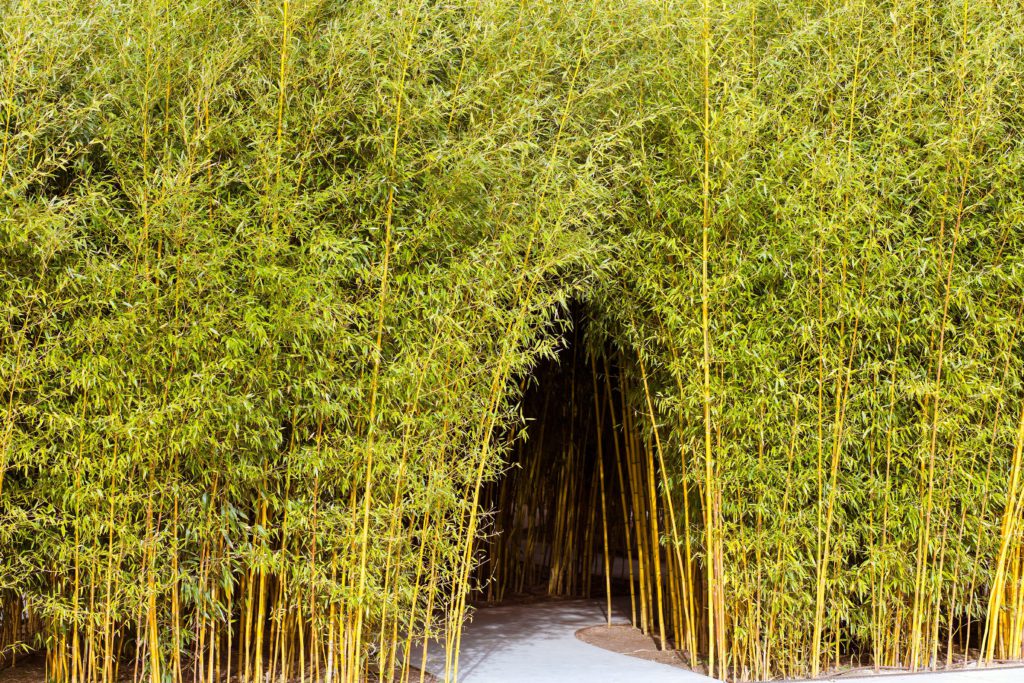- +353 (0)45 879 170
- info@caraghnurseries.ie
- Stickens, Caragh, Naas, Co. Kildare, Ireland
Bamboozled
“The bamboo that bends is stronger than the oak that resists.”
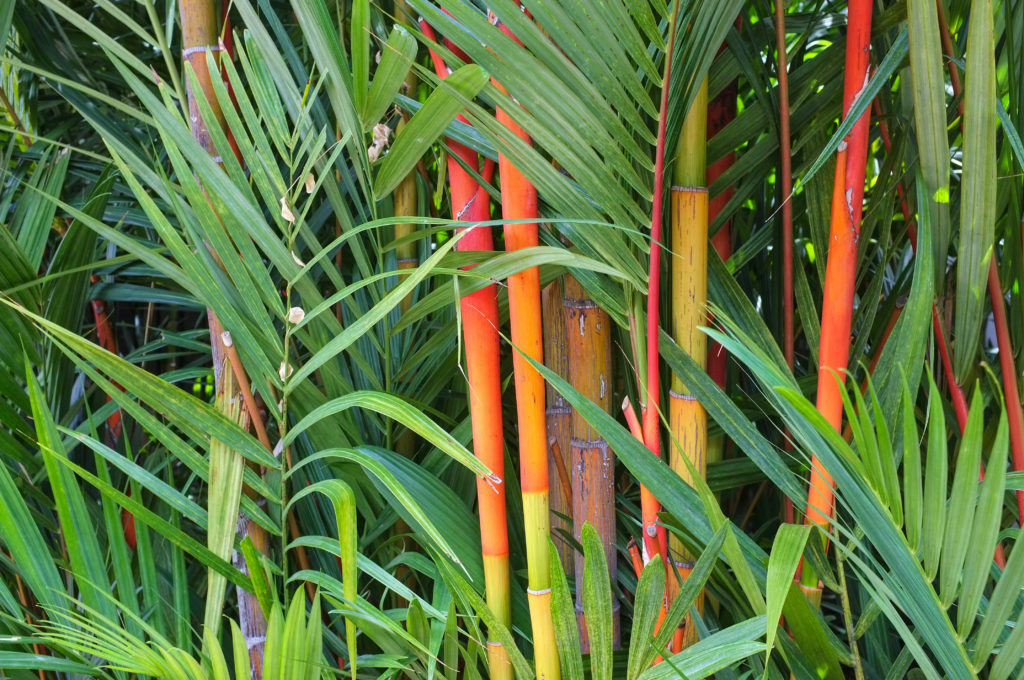
Bamboos are hugely popular garden plants, grown for their fast growth and architectural stems but loved for their softness and their calming rustle that reminds me of water noise. Some bamboos are perfect for using in tropical planting schemes, while others are more suited to contemporary or urban designs where they are perfect for adding screening without the solidity of a usual tree or hedge. Some clump-forming species work well as natural screening. There’s a huge range of bamboo plants to choose from, ranging in colour from black to yellow.
Some interesting ecological facts about Bamboo Plants
- Bamboo is a crucial element in the balance of oxygen and carbon dioxide in the atmosphere. A grove of bamboo release 35% more oxygen than an equivalent stand of trees. Because of this, planting bamboo is a great way to reduce your carbon footprint and help fight global warming.
- Bamboo is a viable replacement for wood. It can be harvested in 3-5 years versus 10-20 for most softwoods. It can out yield pine 6 to 1 in biomass production. It is also one of the strongest building materials with a tensile strength of 28,000 psi. To help give you an idea how much this is, mild steel measures 23,000 psi.
- It is a great soil conservation tool. It greatly reduces erosion with a sum of stem flow rate and canopy intercept of 25%. This dramatically reduces rain run-off, preventing massive soil erosion and making it very earth friendly.
- Bamboo can be eaten (new shoots), made into fibre for clothing, it can be used in concrete reinforcement, in can provide great livestock feed with the foliage being up to 22% protein, it can be machined into numerous forms of lumber, etc. It might be easier to compile a list of what bamboo cannot be used for than what it is used for.
- Bamboo can also tolerate extreme conditions that most plants cannot. It was actually the first plant to re-green after the atomic blast in Hiroshima in 1945.
Back to what the Bamboo can do in your garden, well that depends on they type of bamboo and what you want to use it for. Bamboo gets a bad rap as there are many of the 1400+ species that run; running bamboos bear long underground stems, or rhizomes, from which new growth appears, enabling them to colonise new ground. This type of bamboo isn’t ideal for most gardens so stick away from those ones. The Bamboo that you would see in most gardens is the clumping form and they create beautiful groupings and screens in the garden.
Bamboos can be grown in almost any situation. Plant bamboo at the back of the border to create height, in your lawn to make a focal point, against a fence or wall to create a screen, or as a contemporary hedge. The one thing Bamboo plants need is plenty of water and feed, its like anything if you have that kind of growth habit you need to fuel it, my rugby playing son has a similar appetite. So feed with a slow release fertiliser and water well, don’t let your bamboo plants dry out – thats when they are more susceptible to wind or sun damage.
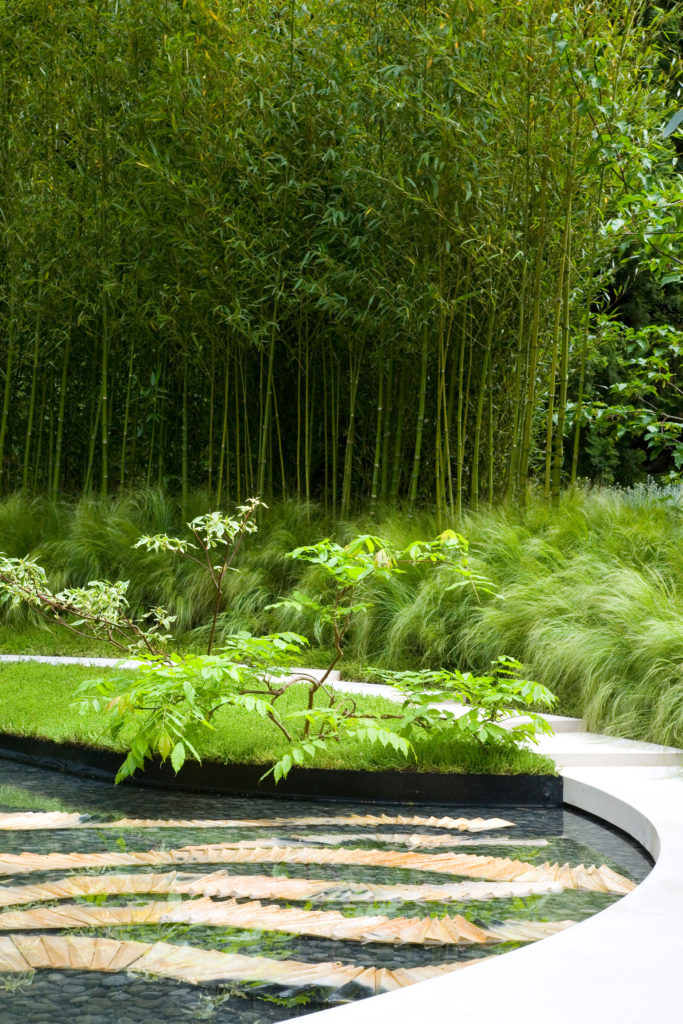
I saw a quote somewhere regarding the growth of bamboo plants and it was so true about the first three years of growth
Year One – SLEEP
Year Two. – CREEP
Year Three – LEAP
It has to put down its roots, settle into its new surroundings and bed down in the first two years, growing just a little but by year three it will be looking like a completely different plants, strong, healthy and full.
So which Bamboo is right for your Garden?
The Bamboo varieties we sell the most of are the Phyllostachys varieties, the Pseudosasa variety and the Fargesia varieties. The Phyllostachys including aurea (Golden Bamboo) and Nigra (Black Bamboo) are particularly popular as they grow to 4 metres tall and create lovely clumps of stems without getting too large. The Pseudosasa Metake is a lovely lower growing variety with longer leaves and clumps and bulks better so better for stand alone growing.
I love to create a focal point of the stems by cleaning the foliage up to around 5ft so you can see just the stems and the lovely foliage becomes a feature further up the stems its really effective and looks great against a wall or fence.
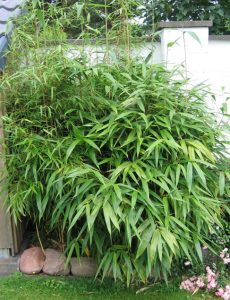
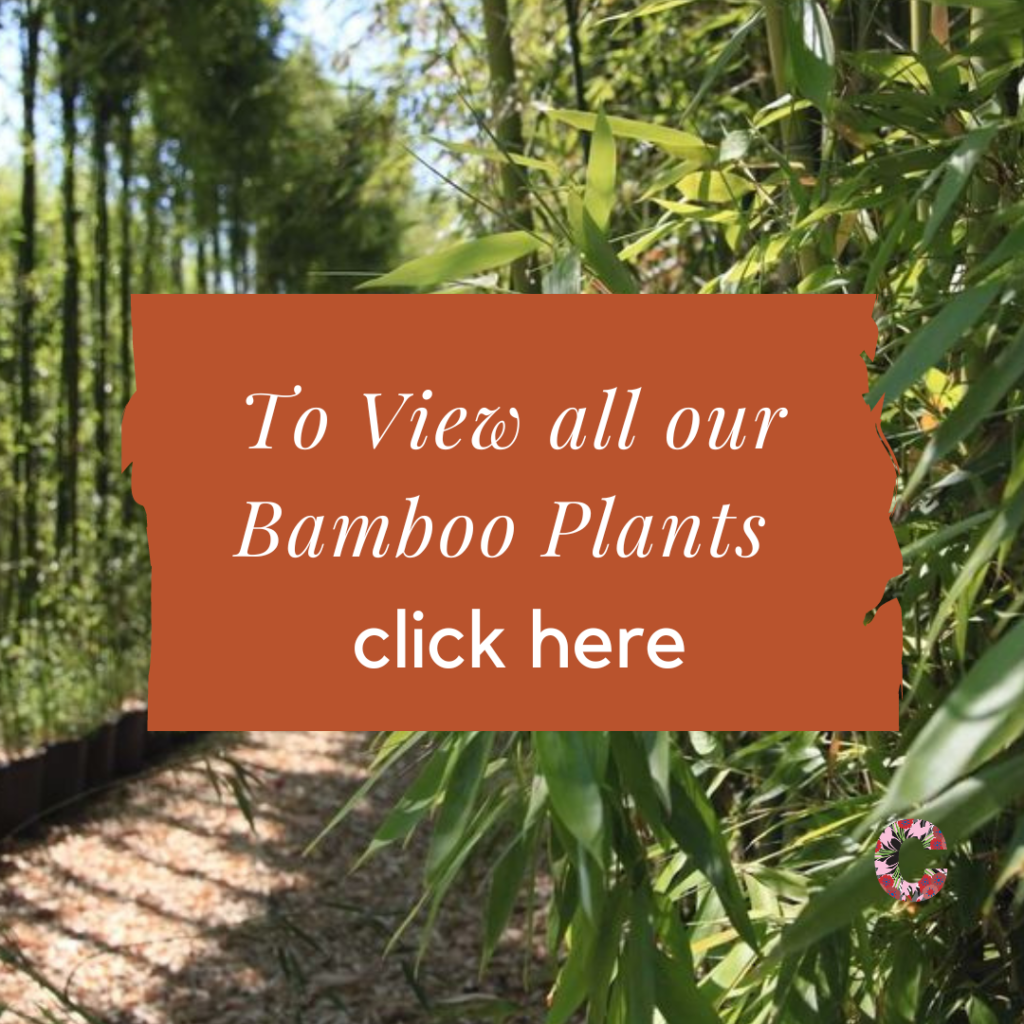

Quick Links
Information
Location
- Stickens, Caragh, Naas, Co. Kildare, Ireland
Copyright © 2025 CARAGH NURSERIES LTD | All Rights Reserved. eCommerce Web Design by 2Cubed | Privacy Policy | Cookie Policy
FREE DELIVERY
Our Gift to you
On all orders made online over €100

